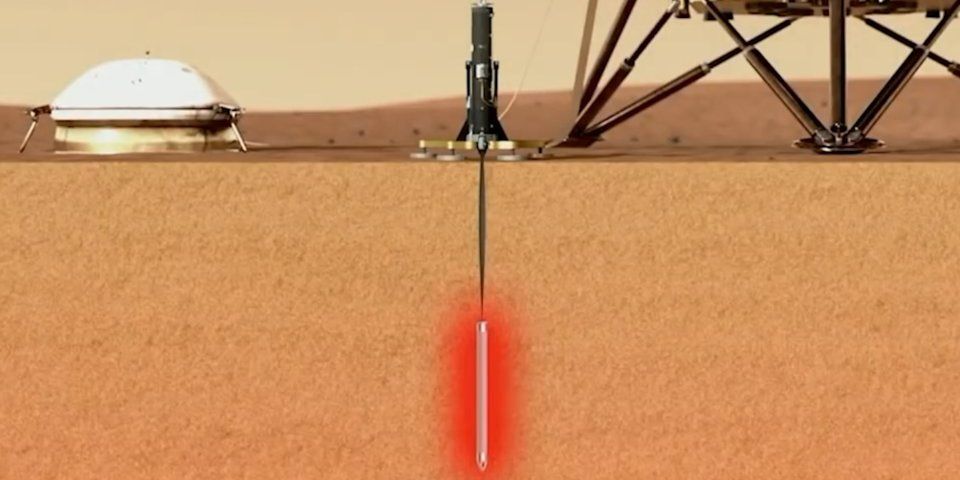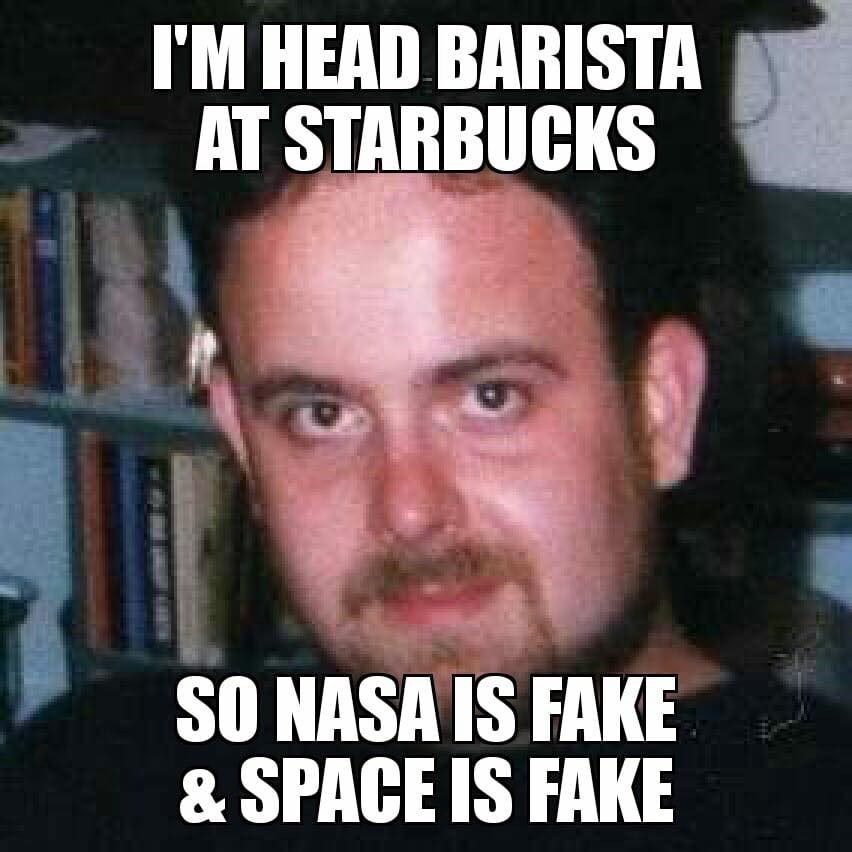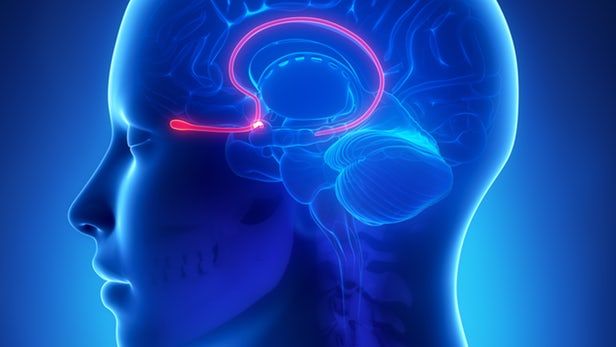Researchers find an unlikely source for the next superfood.





As more countries appreciate the advantages, she hopes they will be willing to join the coalition of countries committed to reversing the decline in pollinators. Currently, there are only 24 countries in this “coalition of the willing”, mostly from Europe. Eventually, she hopes there will be enough support to multilateral environmental agreement on pollinators similar to the international convention on trade in endangered species. “I hope this week’s conference will be the first step to bringing a multilateral agreement into being because that’s what we need,” she says.
Urgent planting of wildflowers will attract pollinators and boost farmers’ food crops, expert to tell UN.

ISS Infested With Space Bugs!
The International Space Station is infested with mysterious space bugs that may be leaving astronauts at risk of “serious harm,” according to a new study.
Scientists discovered a thriving ecosystem of “infectious organisms” aboard the station which are similar to bugs found in hospitals on Earth.
A NASA team found five different varieties of Enterobacter, with researchers calculating that there is a “79 percent probability that they may potentially cause disease.”




Cochlear implants allow deaf people to hear by electrically stimulating their auditory nerves, and have been doing so for years. While that’s all very well and good, what about people who have lost their sense of smell? Well, new research suggests that we may be getting closer to an electrical implant for them, too.